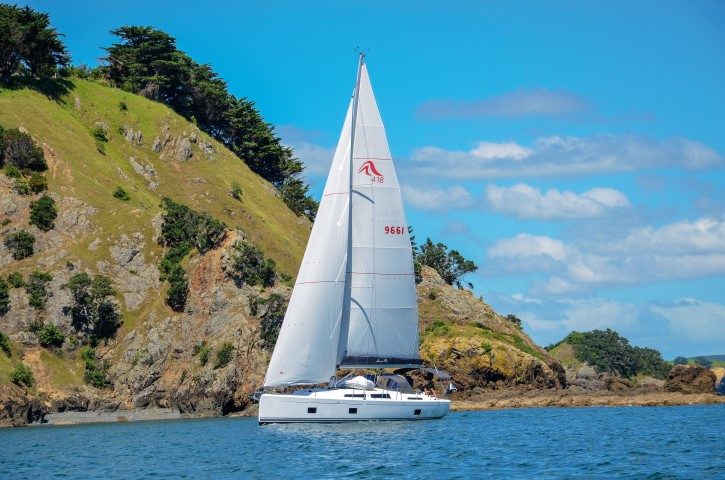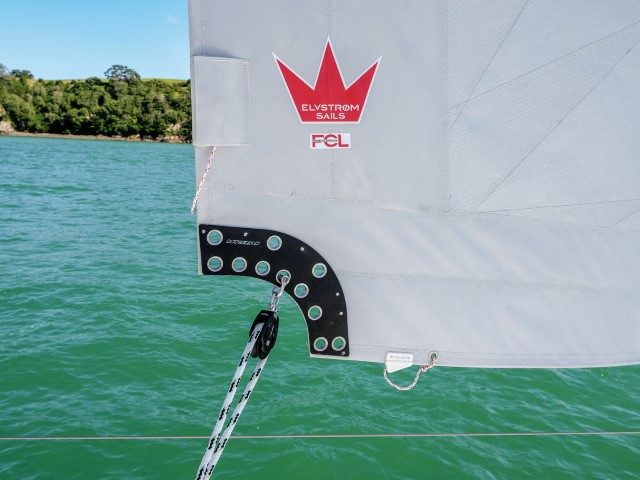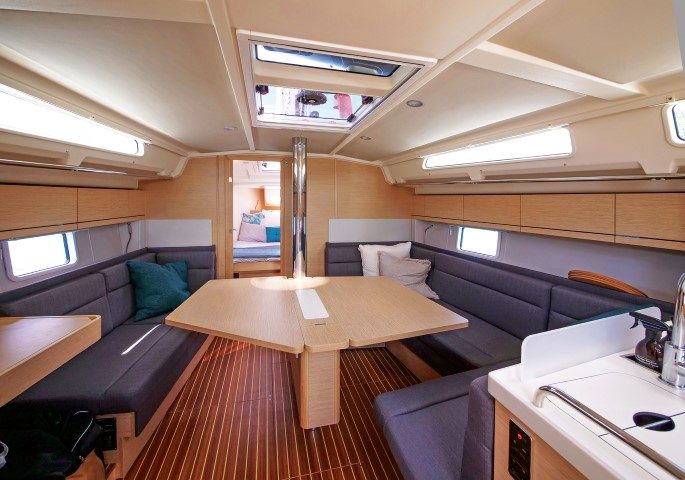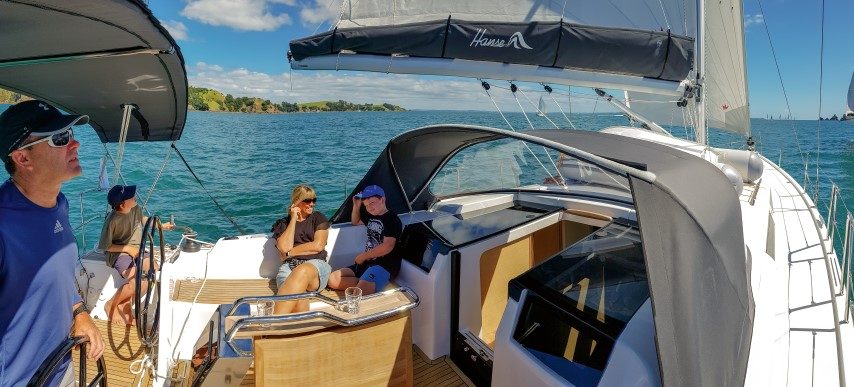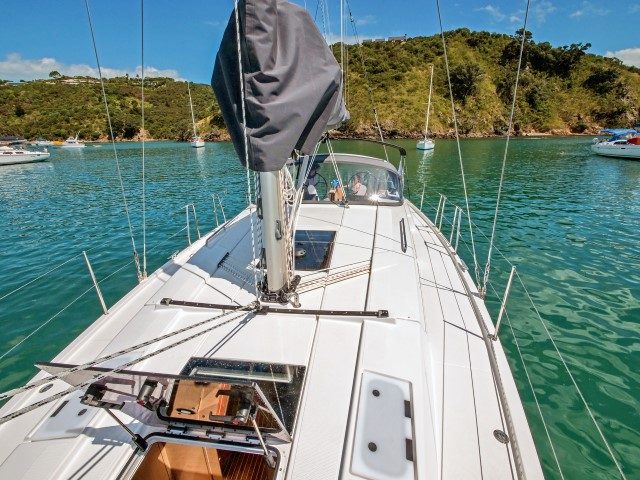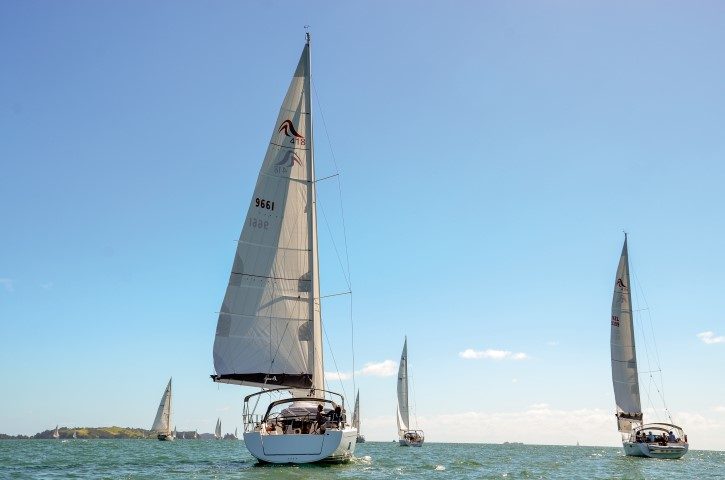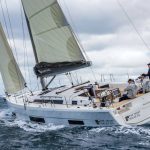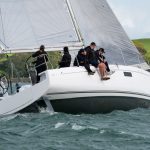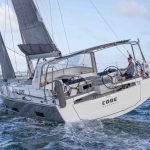‘Behemoth’ is a word which springs to mind or, perhaps more nautically, ‘leviathan’.
- User-friendly cockpit
- Points higher than previous models
- Good quality fittings and finishes
- Easy for short-handed sailing
- Plenty of headroom below
- Performs well in light airs


